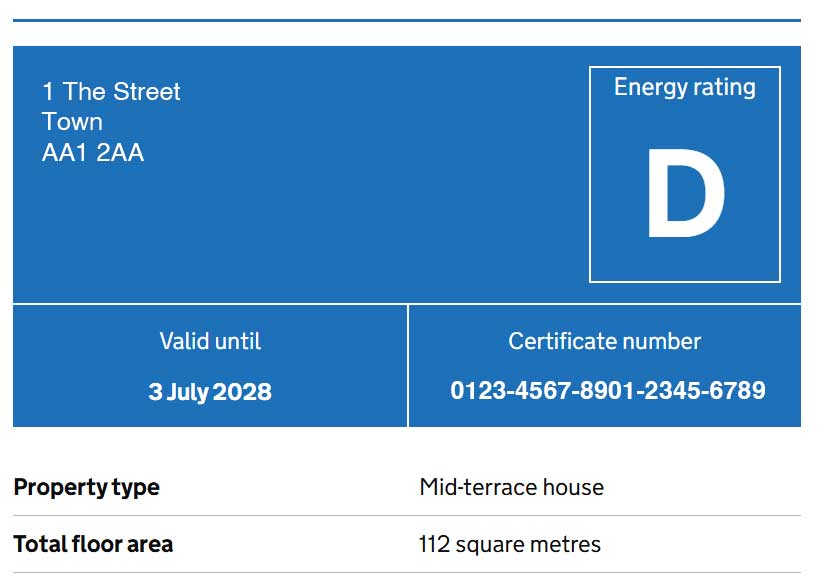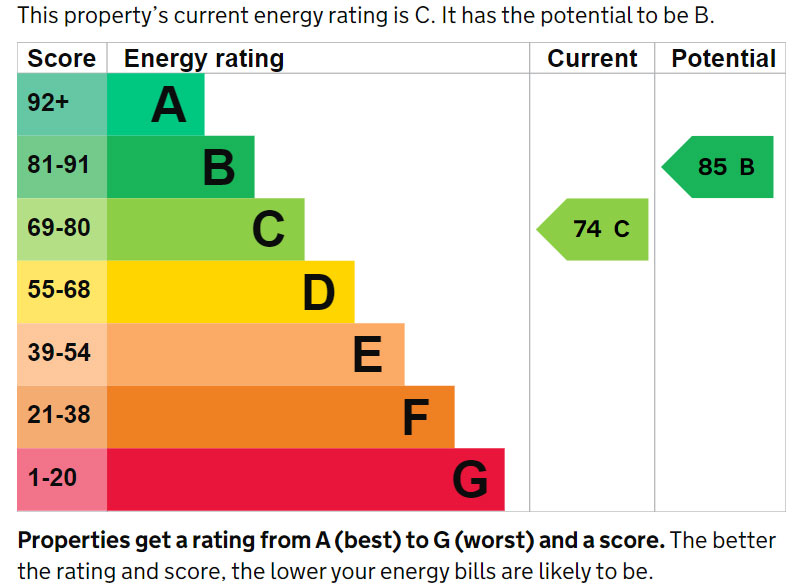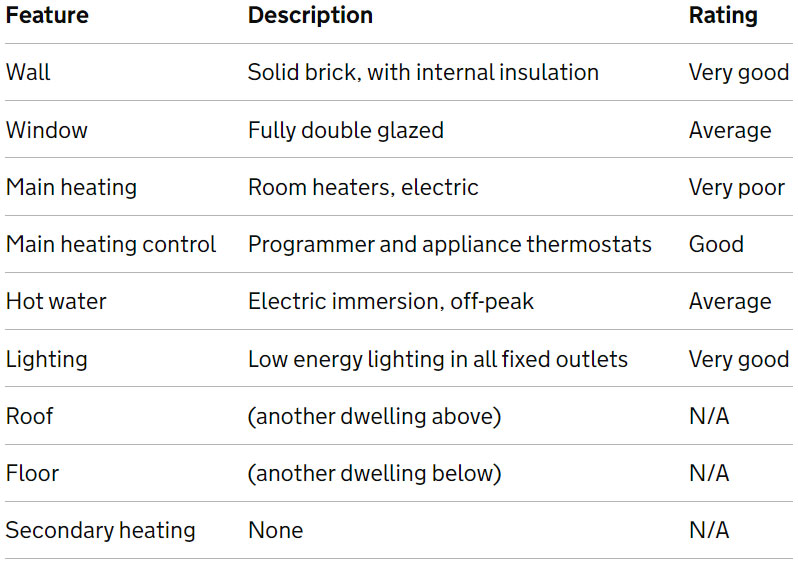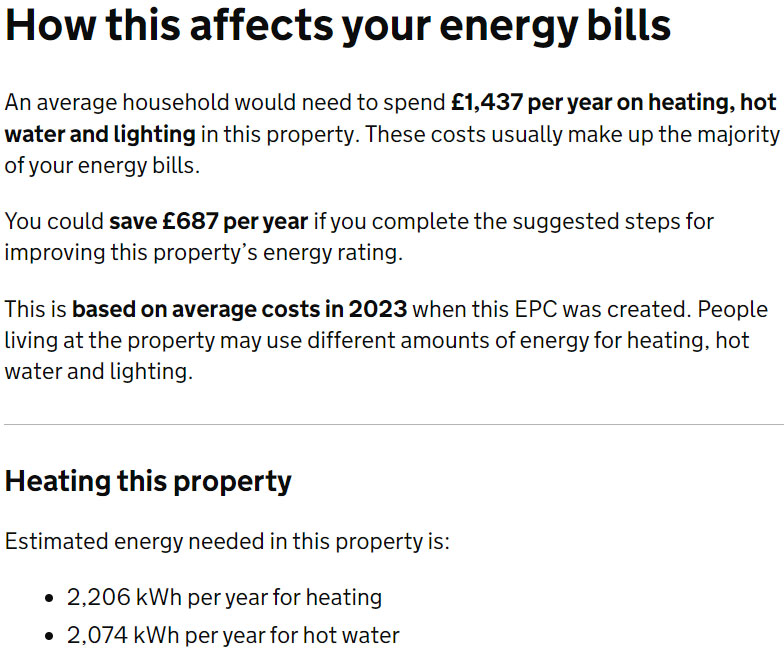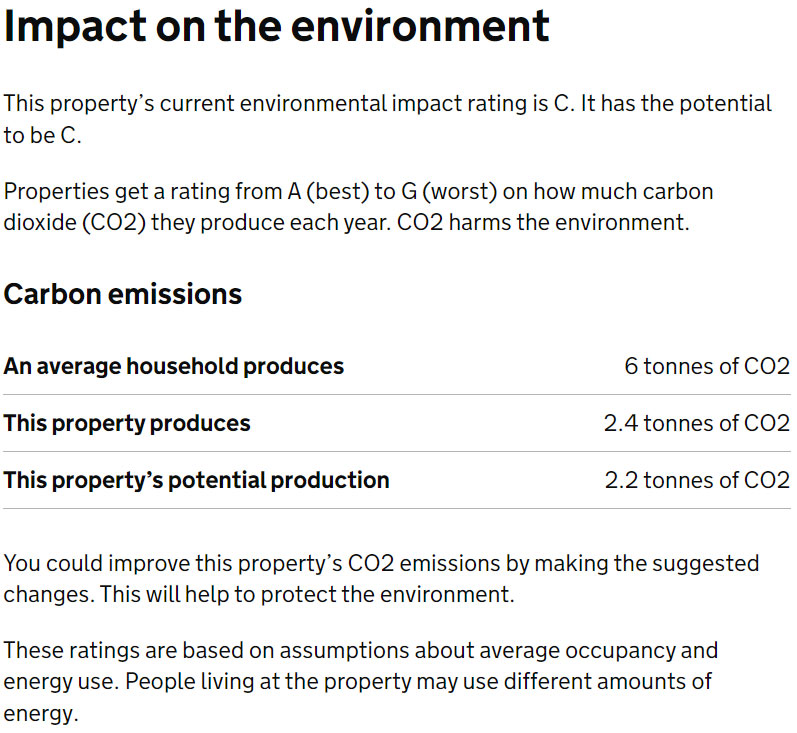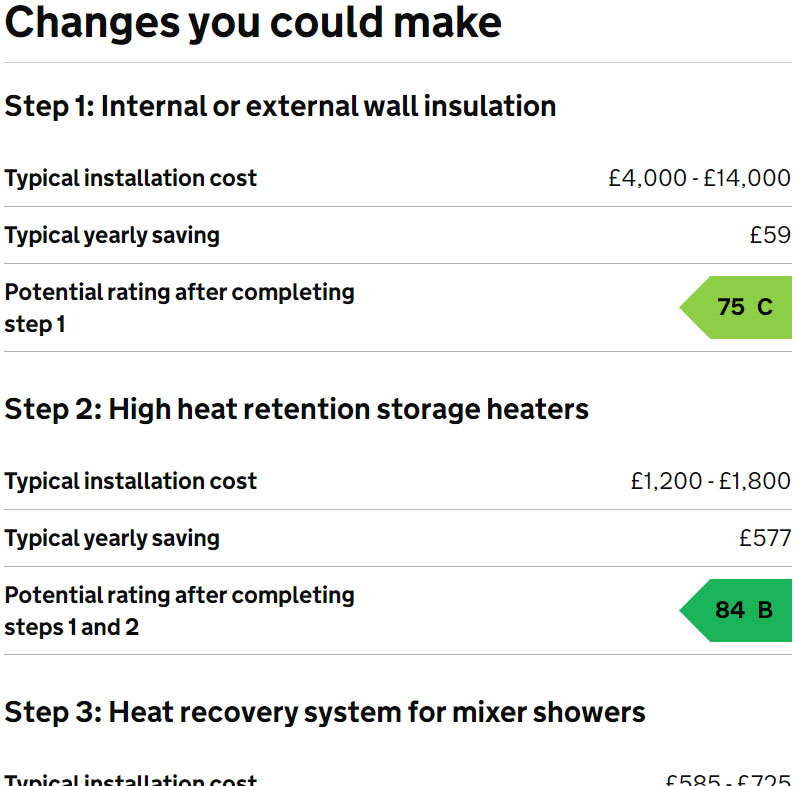Understanding An EPC Certificate
What are energy performance certificates?
They are also a very useful tool for homeowners, landlords and tenants. Understanding how energy efficient a property is and what improvements can be made to reduce the amount of energy the property uses, could mean saving money on household bills and reducing CO2 emissions.
An EPC contains no information about who currently owns a property or has previously owned a property. An EPC assessment is undertaken by a ‘Domestic Energy Assessor’ and involves visiting a property and collecting and interpreting data on the dimensions, construction, insulation, lighting, heating and hot water provision of that property. The data collected is entered into an approved software programme known as RdSAP (Reduced Data Standard Assessment Procedure) and the EPC is produced and lodged on the EPC Register as an electronic certificate. This is a public access register that sits on the GOV.Uk website and is searchable using the properties postcode. The following sections summarise the key sections on an EPC.
EPC Summary
At the very top of an EPC you will find the property address, the date the EPC is valid until or the date the EPC expired, the current energy rating band, the property type and total floor area in m2.
This is what most people look at but there is a lot more information on an EPC that is informative and very. There are is a variety of links at the top of the EPC that help you navigate around the EPC quickly, print the EPC and share the EPC by email. There is a link called ‘guidance for landlords on the regulations and exemptions‘ in the section ‘Rules on letting this property’. This link takes you to a new page on the Gov.Uk website that provides guidance on how to comply with the 2018 ‘Minimum Level of Energy Efficiency’ standard (EPC band E).
If you do decide to print an EPC it can be a lot of pages. One of the reasons that the EPCs became e-certificates was to reduce the need to print them as they are available online all of the time.
The EPC Energy Rating and Score
The average rating across England and Wales is D60. This is largely due to the age of a lot of the UKs housing stock. There are a significant number of Victorian properties in some cities across the UK and a lot of properties built pre and post war that were not insulated when they were built. Many of these properties have not had insulation fitted retrospectively and many that have other inefficient features such as single glazing.
This chart will seem familiar as it is the same rating chart that is used on many electrical goods to present how energy efficient they are.
Breakdown of property’s energy performance
Each feature gets a rating based on how energy efficient it is – Very Poor, Poor, Average, Good, Very Good. Ratings are not based on how well the feature actually works or its condition.
For example the certificate might show the heating system as a mains gas powered boiler with a ‘Good’ rating. This is based on the make and model of the actual boiler which is captured during the assessment and entered into the EPC software and not whether the boiler is in good working order.
How this affects your energy bills
This isn’t an exact science, there are over 28 million households across the UK and we all use our heating and lighting differently but it does give a good indication of what savings could be made if you were to complete the suggested steps for improving this property’s energy rating, found further down the certificate.
The snapshot shows an example taken from an EPC produced in 2023.
The costs, savings and ‘energy needed’ are based on the information captured in the EPC assessment, including the size of the property, the type of heating and lighting present and how well the property is insulated.
Impact on the environment
There is an additional rating to demonstrate the properties environmental impact, again on the A to G scale, A being the best rating and G being the worst.
There is also an estimation of how much the properties carbon dioxide emissions could be reduced by and how that would impact the environmental impact rating if you were to complete the suggested steps for improving this property’s energy rating, found further down the certificate.
The snapshot shows an example taken from an EPC produced in 2023. The carbon emissions are based on the information captured in the EPC assessment, including the size of the property, the type of heating and lighting present and how well the property is insulated.
Steps you could take to save energy
The snapshot shows the first few recommendations from an EPC produced in 2023. The recommendations are automatically generated based on the information captured in the EPC assessment.
For example if there is no gas supply to the property, any recommendations about heating the property will be based on electric systems only. Insulation will only be recommended if there is no insulation present or any existing insulation could be improved upon.
Sometimes there are just one or two recommendations, sometimes there are many. It all depends on the existing property and the elements of it that impact the energy rating.
Find out more about…
Minimum Energy Efficiency Standards (MEES)
What are the ‘Minimum Energy Efficiency Standards’ (MEES) for EPCs and why are they important?
Domestic EPC Exemptions from MEES Minimum Rating
MEES Exemptions allow landlords to let properties that do not achieve the minimum energy rating
What Does An EPC Assessment Involve and how to prepare
Get ready for your assessment, find out what we need to see and do to complete an EPC
get in touch
If you need an EPC and/or Floor Plan and you are in or around Brighton & Hove, get in touch today.
- You can Book An EPC and/or Floor Plan Appointment Online
- You can call us on 01273 033 100 or 07749 209 700
- You can email us at info@brightonhoveepc.co.uk

